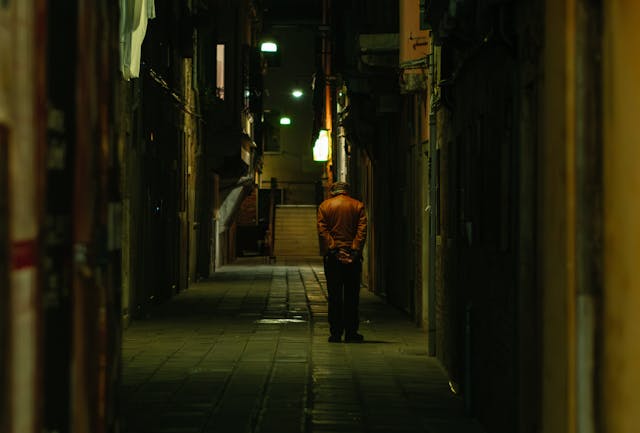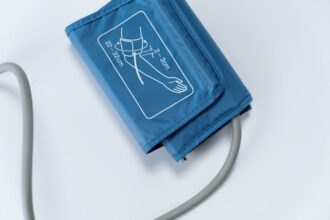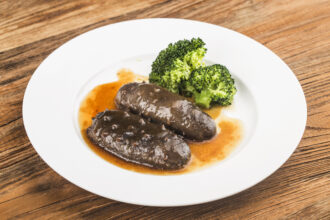A recent investigation by researchers from Helmholtz Munich and Augsburg University Hospital has revealed a significant link between nocturnal heat and increased stroke risk. The study, which drew upon extensive data and was led by Dr Alexandra Schneider, underscores the pressing need for preventive measures as climate change leads to more frequent and intense hot nights.
The study, which spanned 15 years and included approximately 11,000 stroke cases treated at Augsburg University Hospital, revealed a notable seven per cent rise in stroke risk following periods of extreme nocturnal heat. Dr Cheng He, the study’s lead author, highlighted that elderly individuals and women face heightened susceptibility, with clinics predominantly diagnosing strokes with mild symptoms post hot nights.
Moreover, the research team noted a concerning trend: from 2013 to 2020, the risk of stroke associated with elevated nocturnal temperatures saw a marked increase compared to the preceding period (2006-2012). Prof. Michael Ertl, overseeing the Stroke Unit at Augsburg University Hospital, noted a rise from two additional annual stroke cases in the earlier period to 33 extra cases annually in recent years.
The implications extend beyond epidemiology, prompting recommendations for adaptive strategies in urban planning. The researchers advocate for mitigating urban heat islands and enhancing healthcare preparedness. These initiatives are crucial for safeguarding public health against escalating nocturnal heat impacts.
Furthermore, the study’s findings are pivotal for hospitals, enabling better anticipation and allocation of resources in response to weather forecasts predicting hot nights. Prof. Markus Naumann, Director of the Neurological University Hospital in Augsburg, stressed the importance of proactive staffing to manage potential influxes of stroke patients during such periods.
The term “tropical nights,” defined by the Hot Night Excess Index (HNE), quantifies nocturnal temperature anomalies. It measures deviations above a threshold (14.6 °C in this study), which signifies temperatures surpassed during only the warmest five per cent of nights within the study period. The HNE index provides a metric to gauge the intensity of nocturnal heatwaves, aiding in understanding their impact on health outcomes.
Looking ahead, the research aims to translate these findings into practical applications, informing public health strategies and urban policies aimed at mitigating the adverse effects of nocturnal heat. Dr. Schneider underscored the importance of early implementation of preventive measures, stressing their potential to mitigate future health risks associated with climate change-induced nocturnal temperature rises.
The study by Helmholtz Munich and Augsburg University Hospital not only illuminates a critical nexus between nocturnal heat and stroke risk but also underscores the need for proactive measures in urban planning and healthcare. These measures are crucial in countering the health impacts of climate change-driven temperature shifts.
More information: Cheng He et al, Nocturnal heat exposure and stroke risk, European Journal of Nutrition. DOI: 10.1093/eurheartj/ehae277
Journal information: European Journal of Nutrition Provided by Helmholtz Munich








